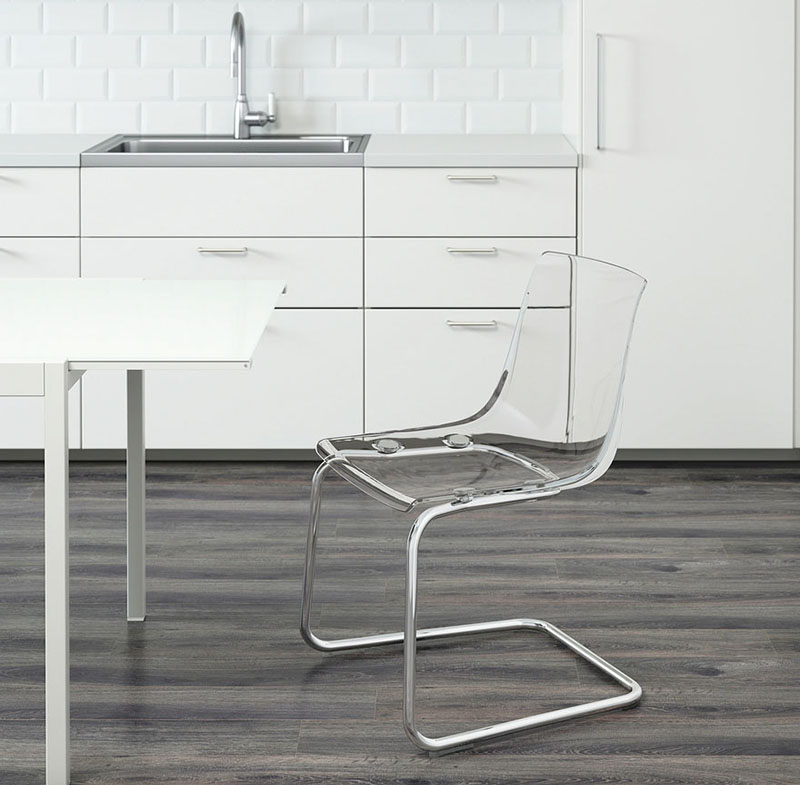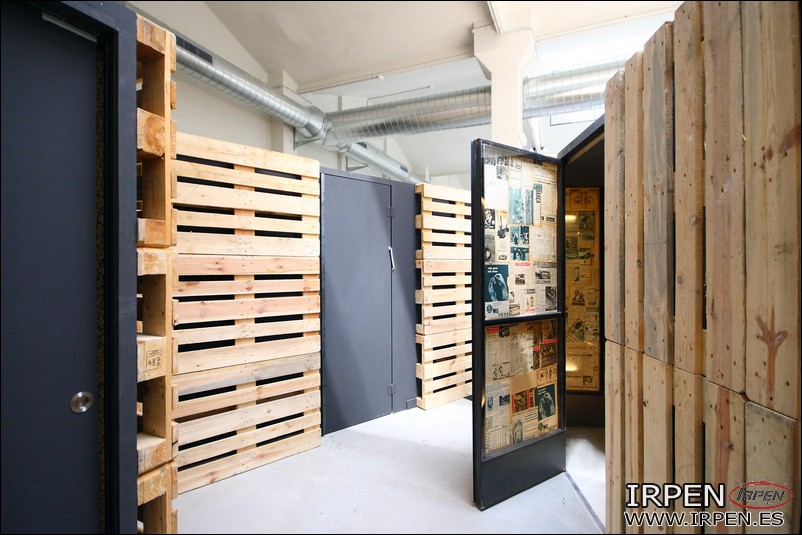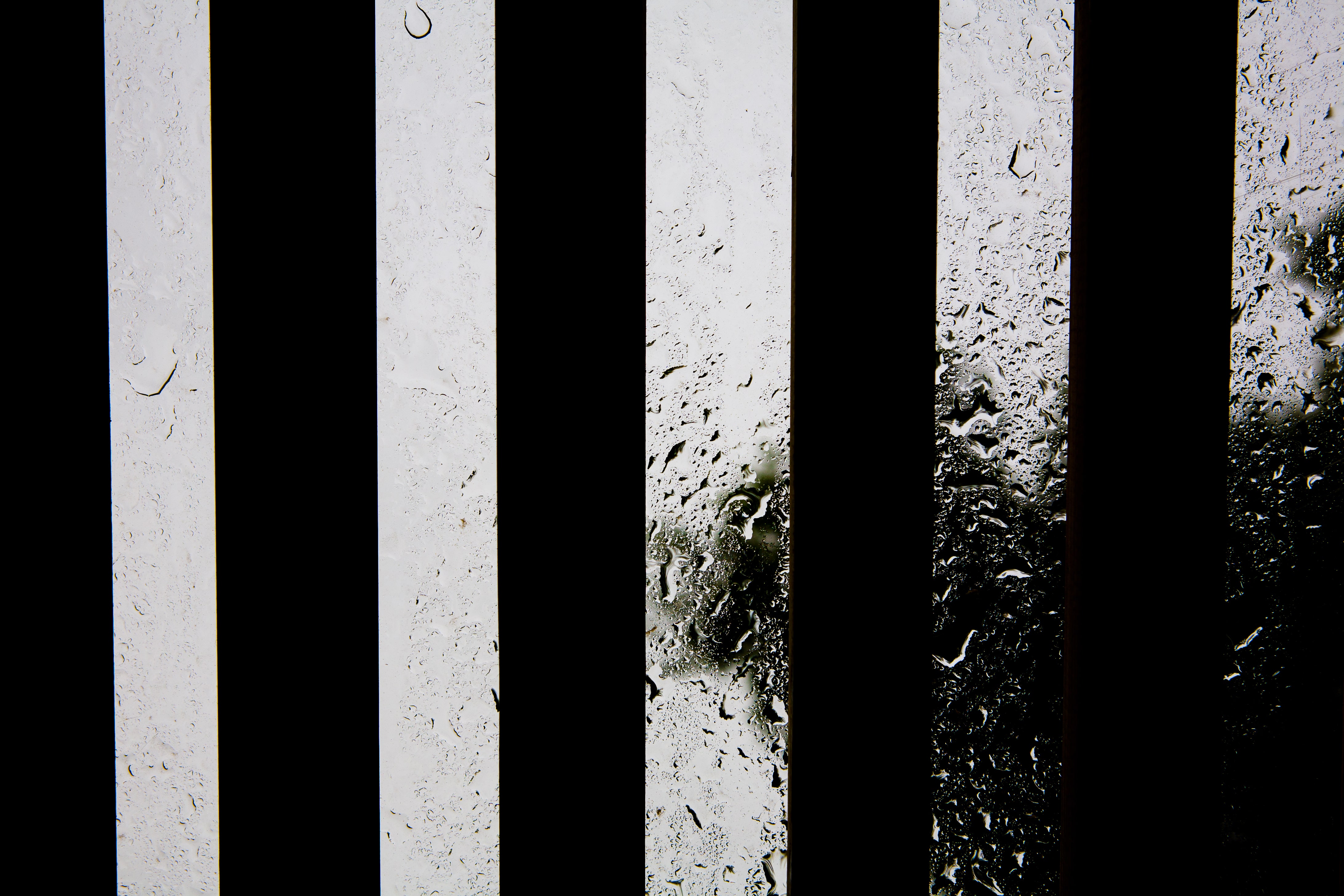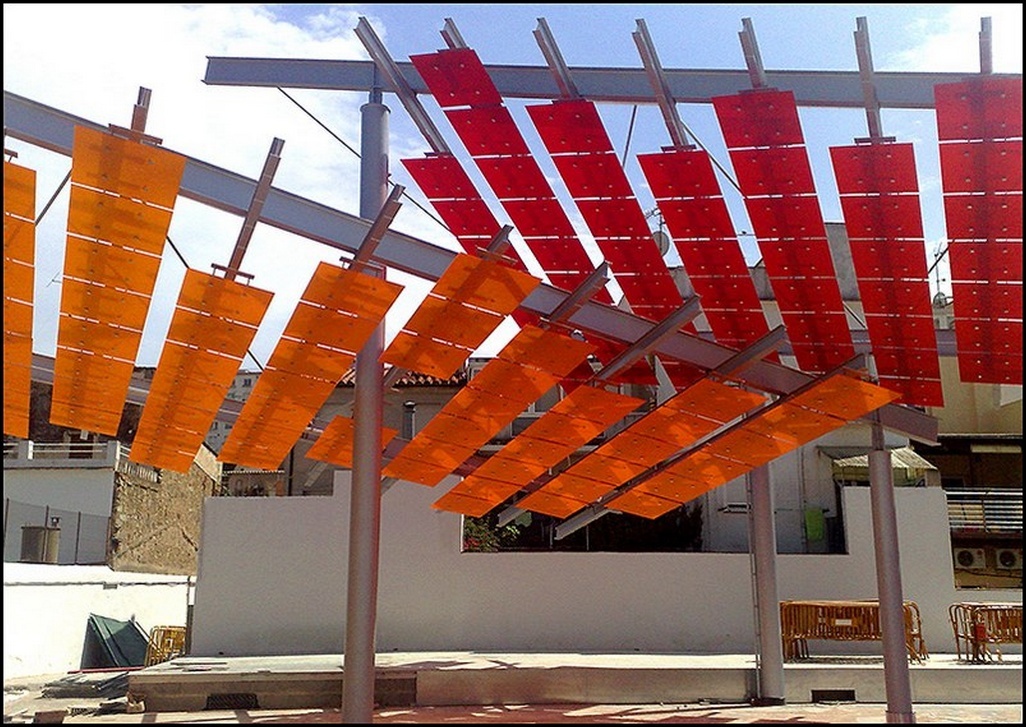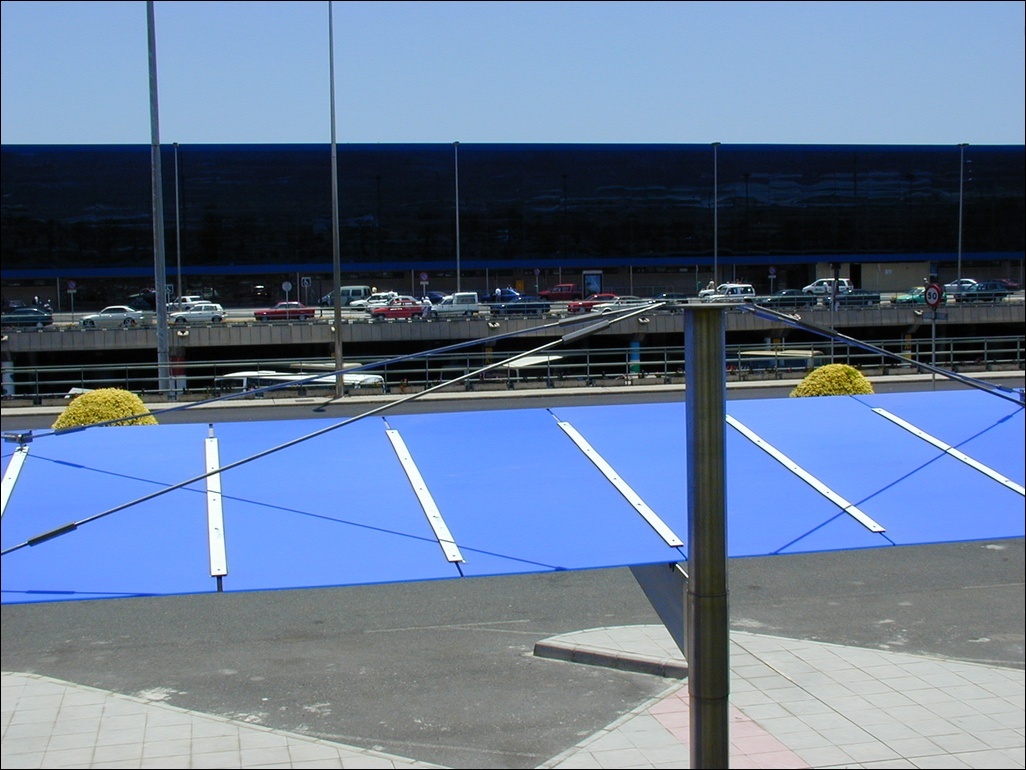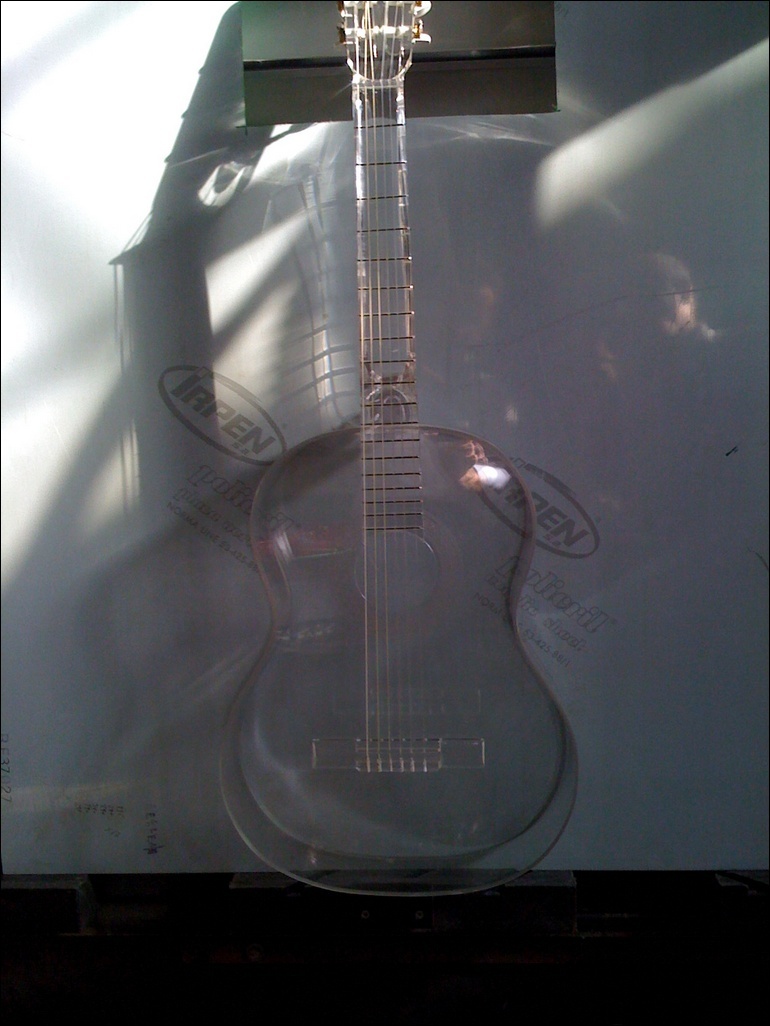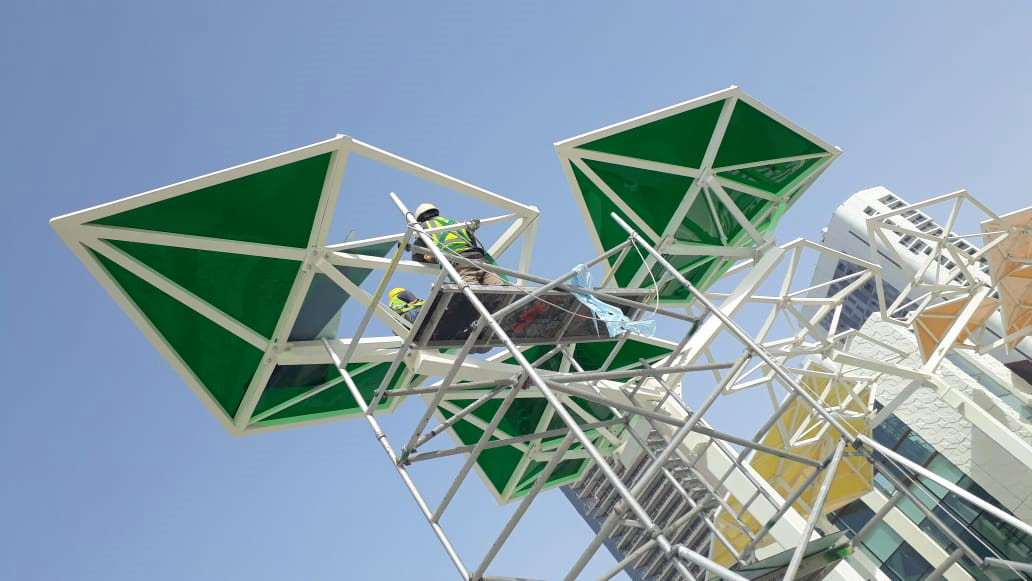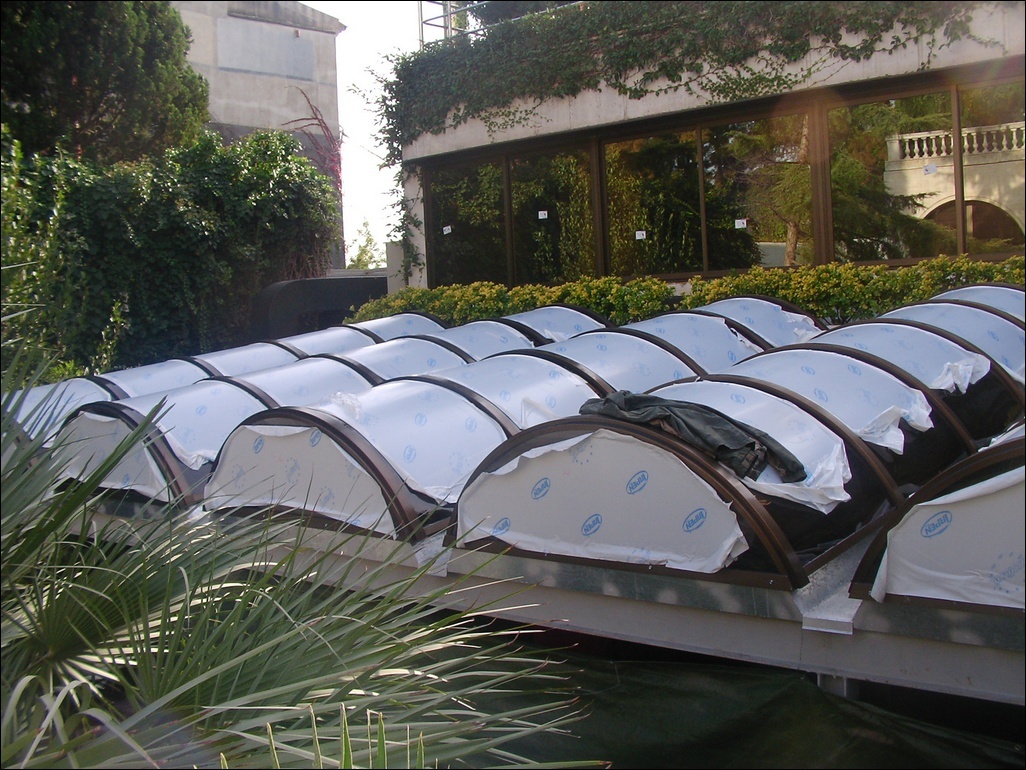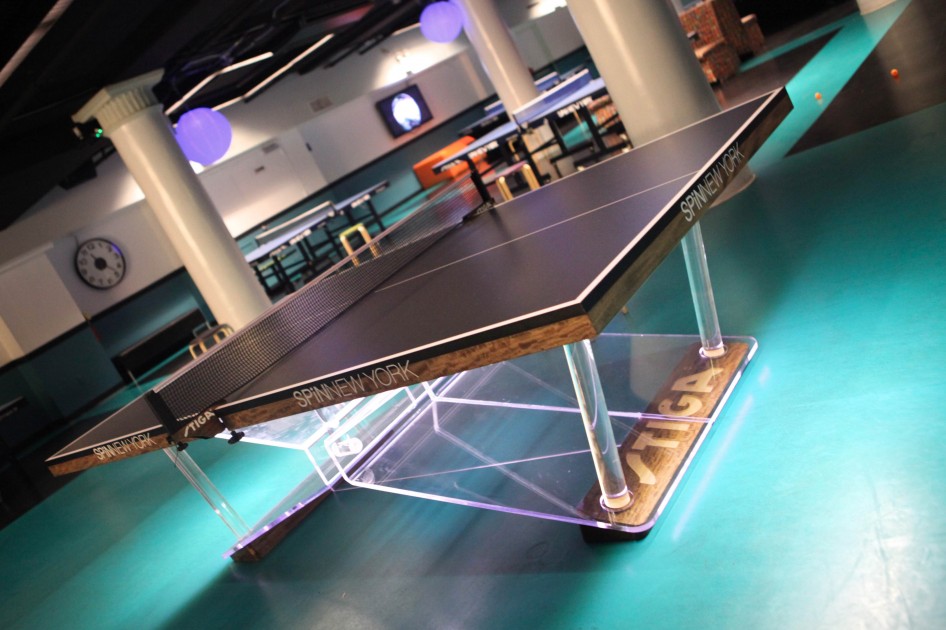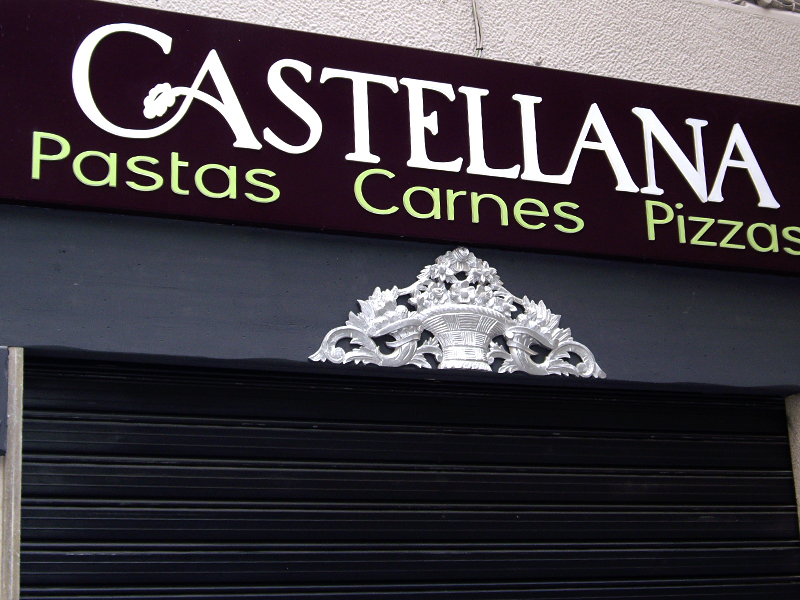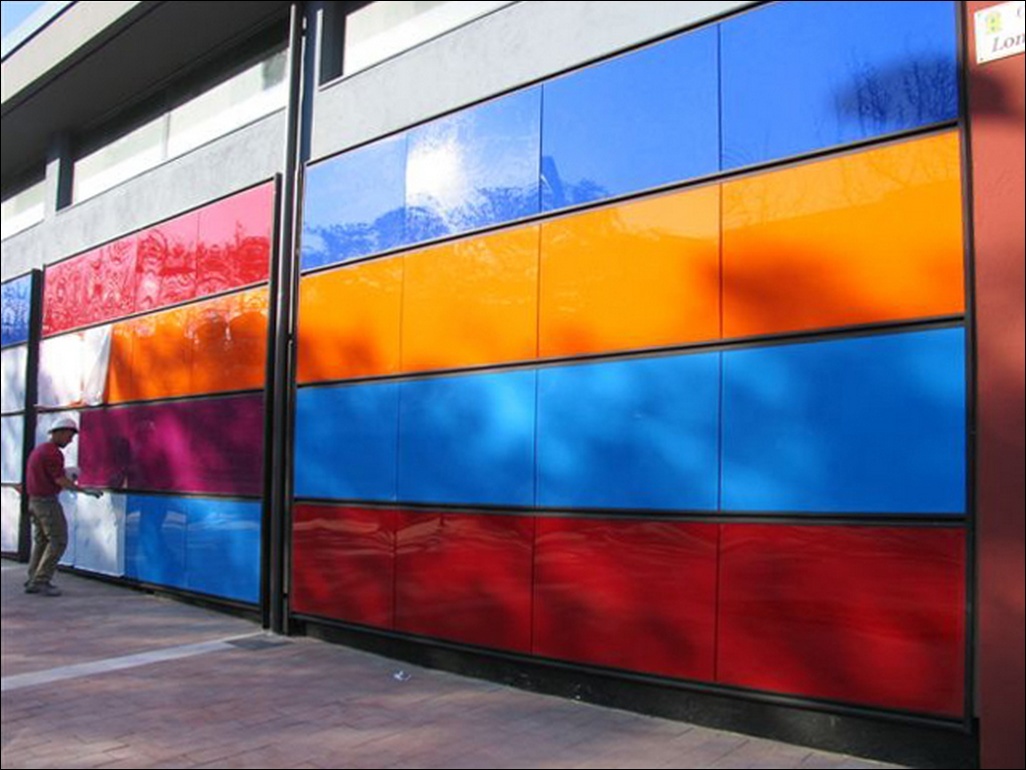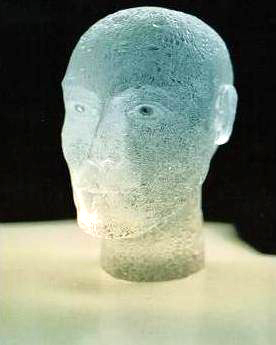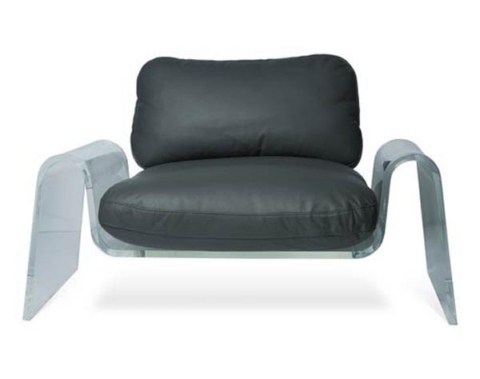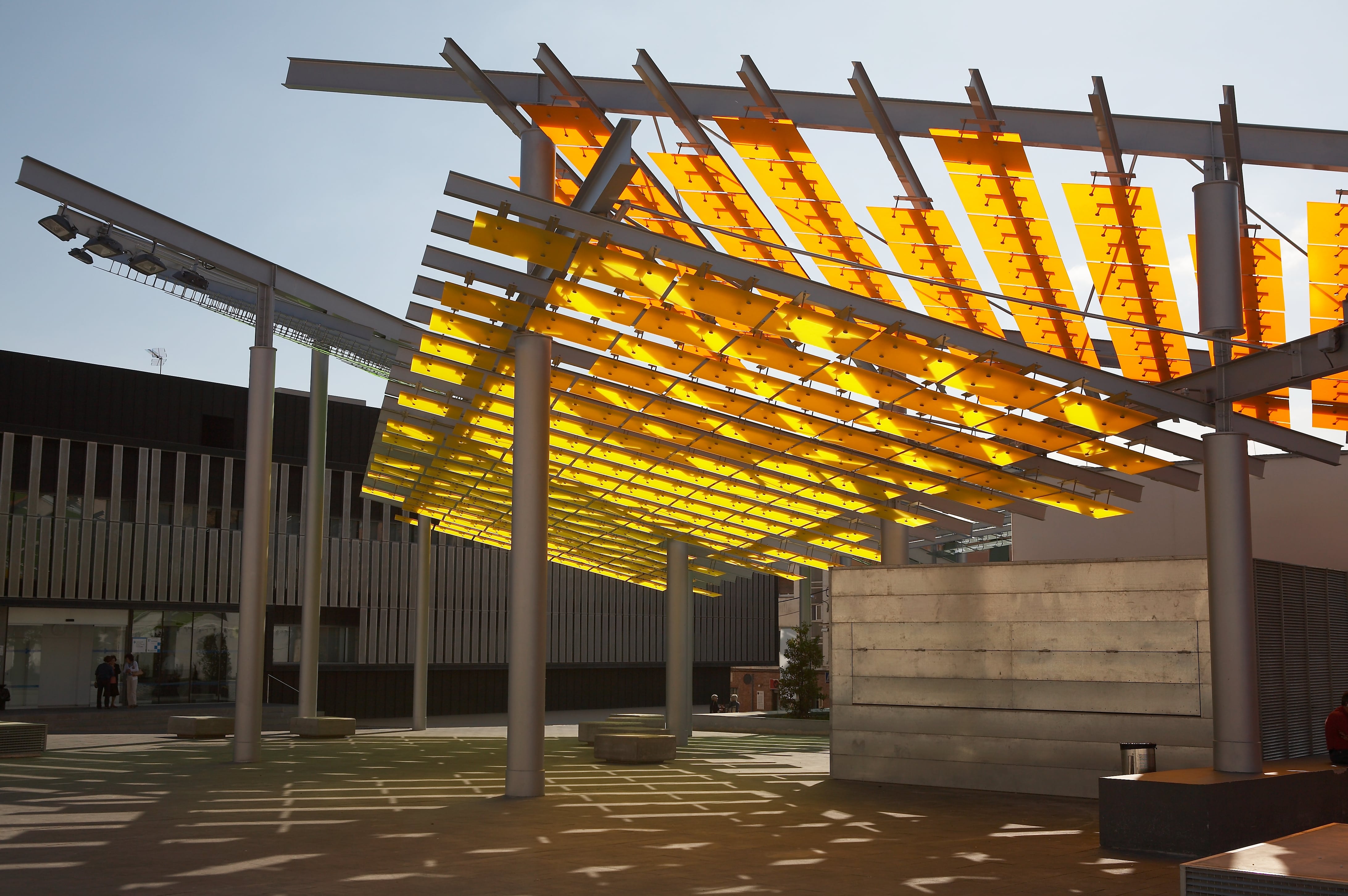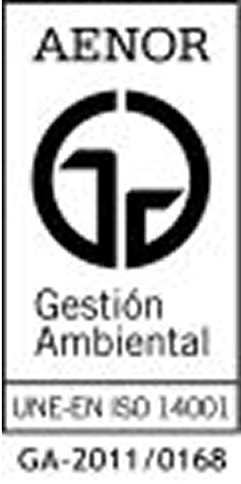Recycled Acrylic
PO 01 REC Policril Recycled - Its life cycle

Advances in the environmental declaration (DAP).
At IRPEN, we are committed to strengthening our commitment to the production and commercialization of materials that are increasingly environmentally friendly.
Faced with a society with greater awareness of the importance of greater environmental protection, the demand for materials or services that inform about its environmental profile is increasing and little by little it is becoming indispensable.
One market where advertising and display are taking on special relevance, as manufacturers, we are preparing to be able to offer products capable of complying with the most demanding environmental laws, while improving both the environmental behavior of our products and their production processes.
An example of this new approach, respectful of a circular vision of both the product and its production process, is our Policril Recycled. Material on which an independent study has been carried out, according to regulations, of its life cycle. Made with the intention of evaluating what its real environmental profile is, improving it as much as possible and comparing it with other products on the market.
To this end, all phases of the material's life have been analyzed, that is, both the origin of its raw material (R-MMA in 99%), its transport to our production center and its manufacturing, distribution, use or recycling process.

Specifically, the following environmental indicators have been identified and analyzed in the process:
- The component materials of our Policril Recycled plate.
- The environmental impact of the emissions generated:
- Global warming, kgCO2eq
- Ozone layer depletion potential, KgCFC-11eq
- Acidification, KgSO2eq
- Eutrophication, KgPO4 eq
- Tropospheric ozone formation potential, kg C2H4 eq
- Abiotic resource depletion potential18, kg Sb eq
- Fossil fuel depletion potential, MJ
- The energy used throughout the life of the product, through the study of the use of energy resources:
- Renewable Primary Energy Use, MJ
- Use of non-renewable primary energy, MJ
- Use of secondary materials, kg
- Use of renewable secondary fuels, MJ
- Use of non-renewable secondary fuels, MJ
- The analysis of the waste generated throughout the process, through its identification and quantification:
- Waste category:
- Hazardous Waste discharged, Kg/UF
- Non-hazardous waste discharged, kg/UF
- Radioactive waste dumped, kg/UF
- Other outflows:
- Materials for recycling, reuse or energy recovery
- Waste category:
With the ultimate goal of:
- Optimize the use of resources by reducing the impacts generated on our environment, through the planning of environmental strategies and the study of alternatives in processes based on the minimization of environmental impacts.
- Perform a critical analysis of the behavior of our product compared to other similar products available in the market.
The satisfactory results obtained encourage us to continue following the established line, working daily to perfect the production and commercialization of environmentally friendly materials.
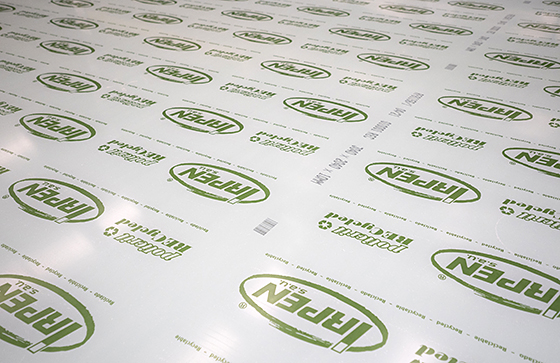
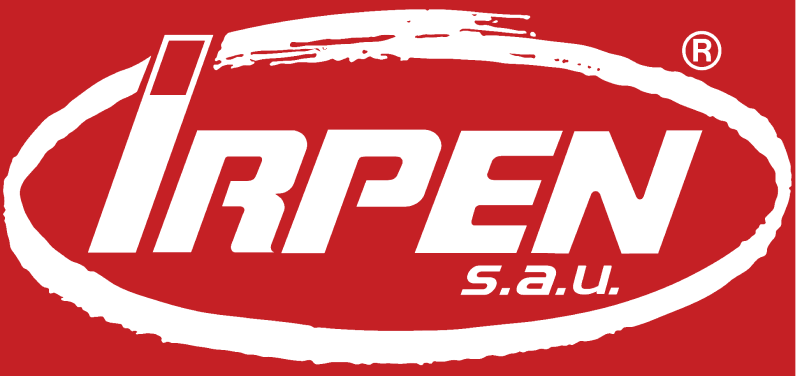





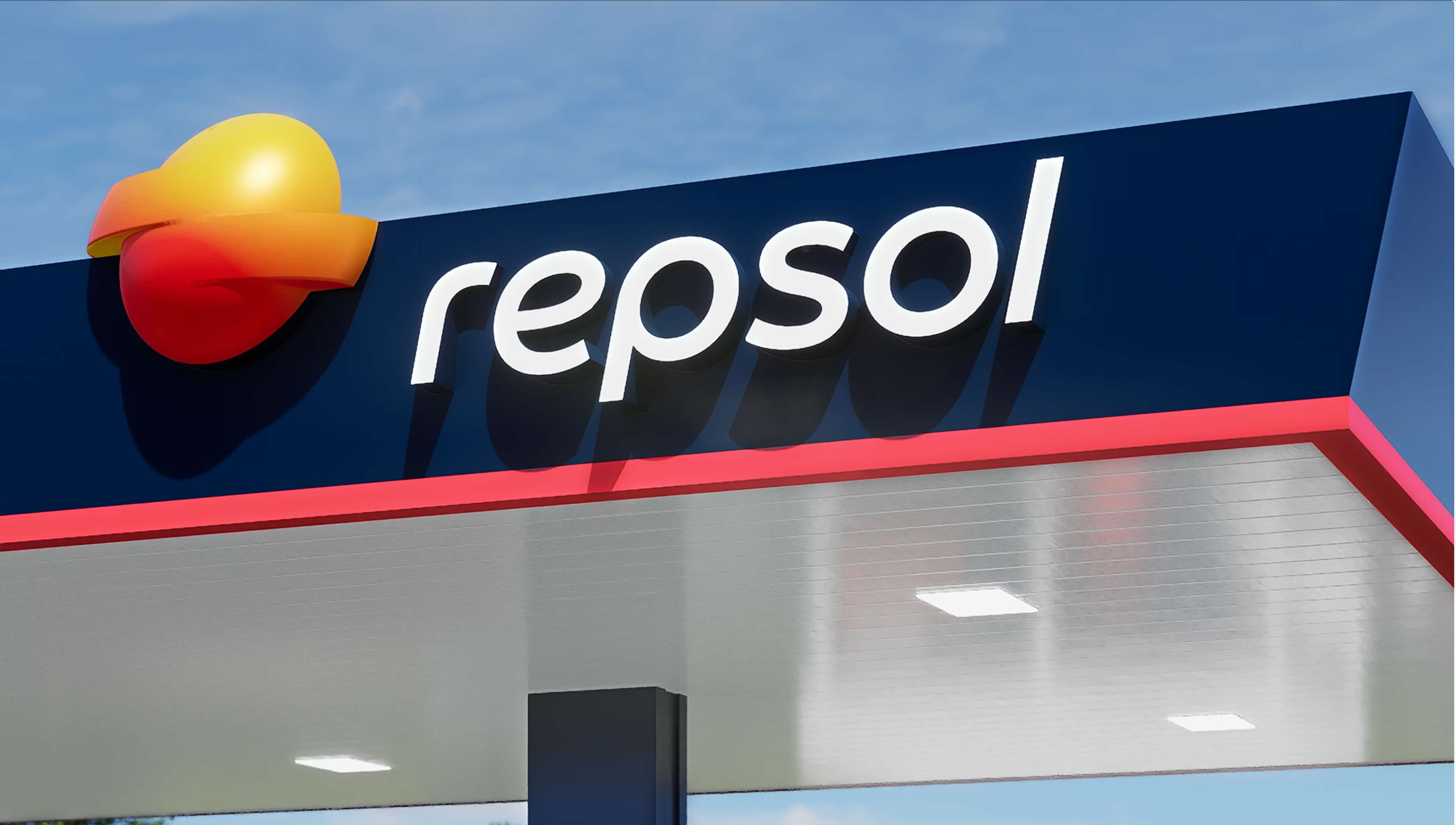

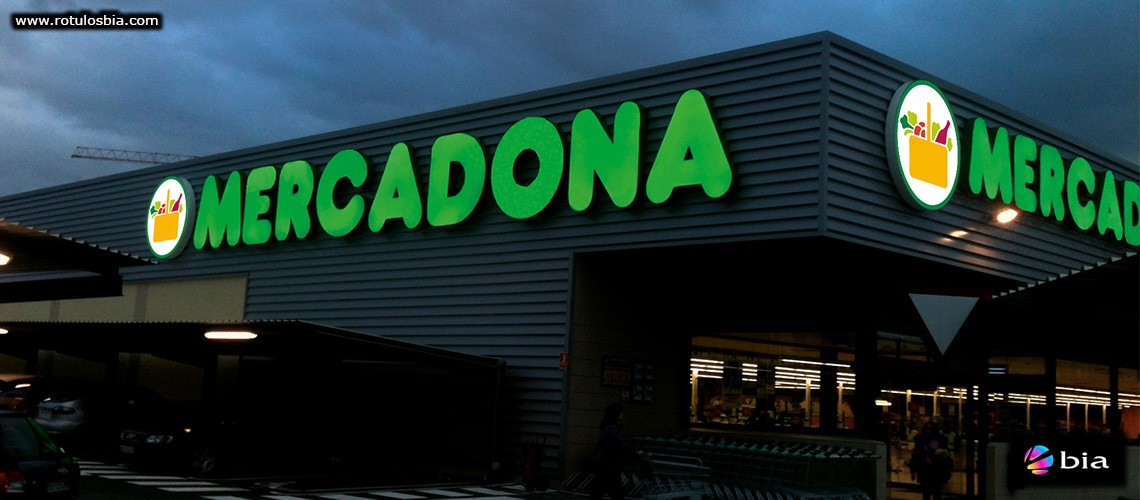



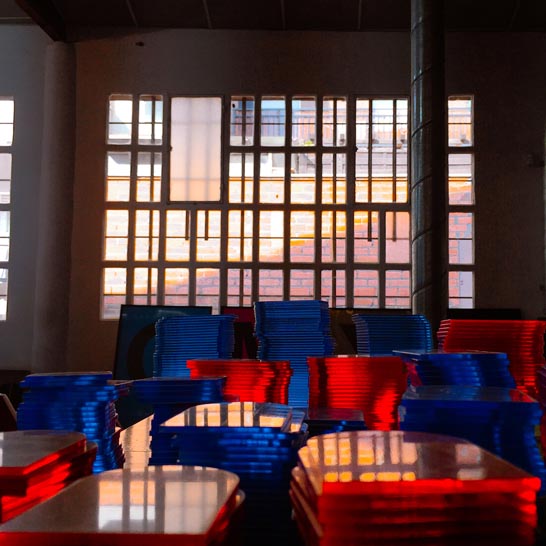
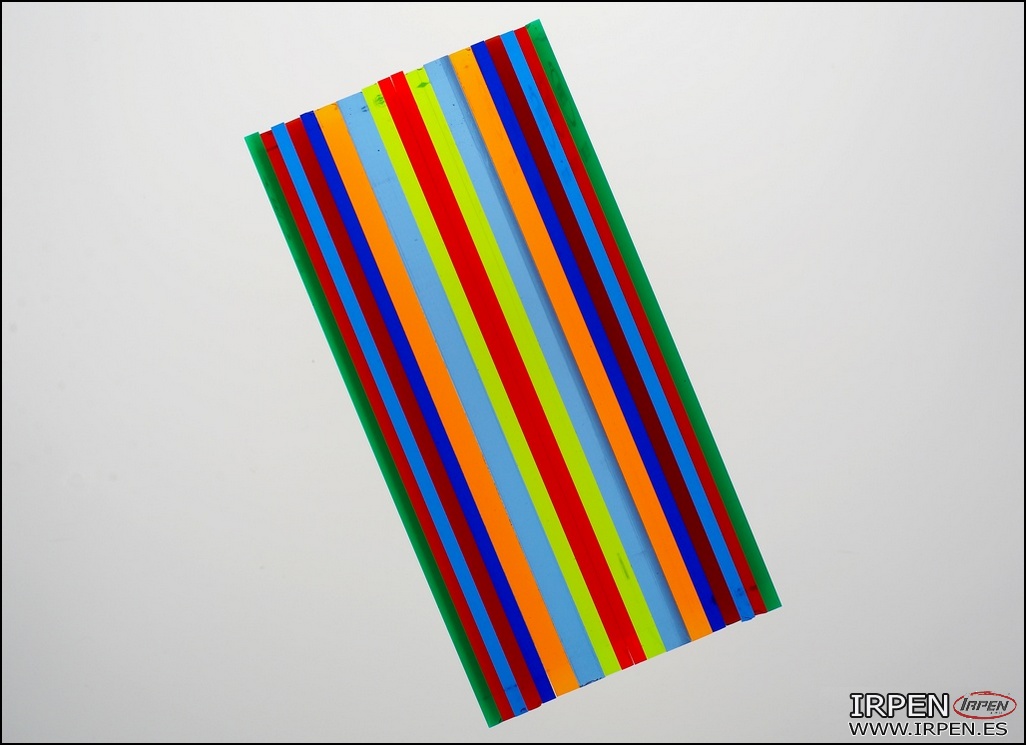
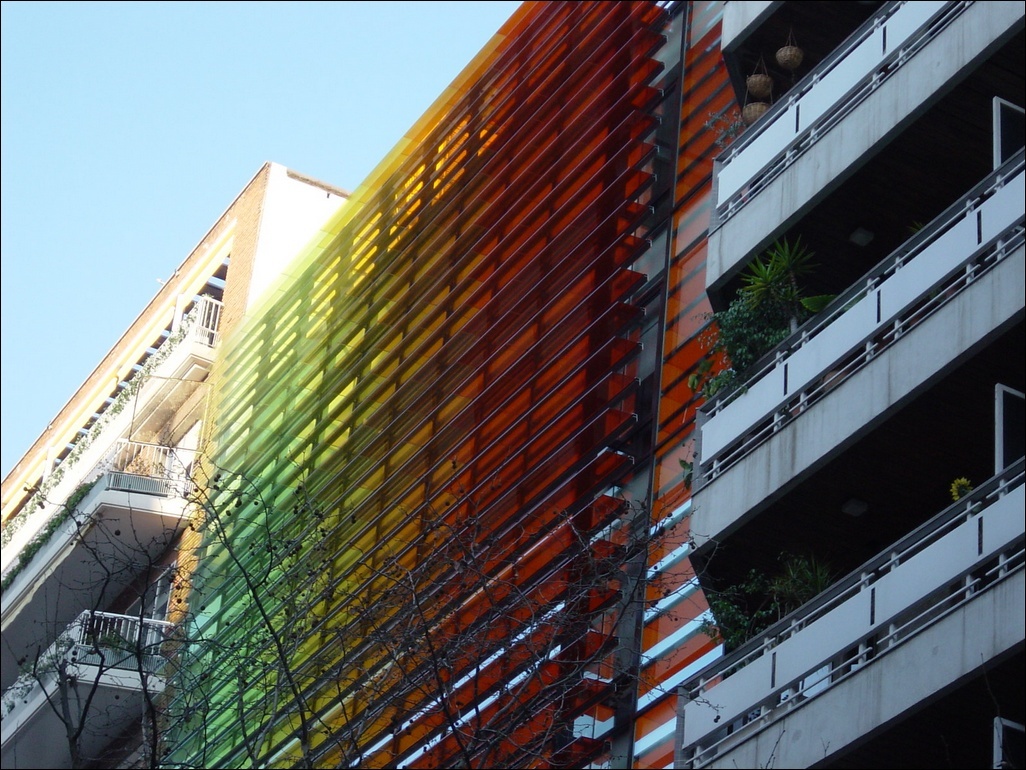
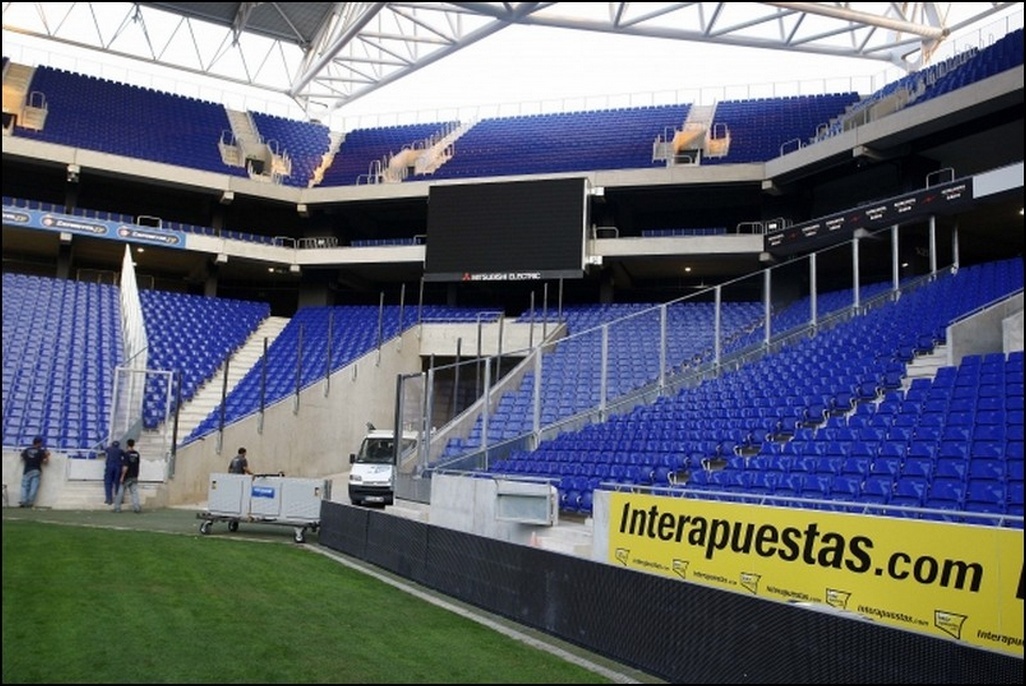
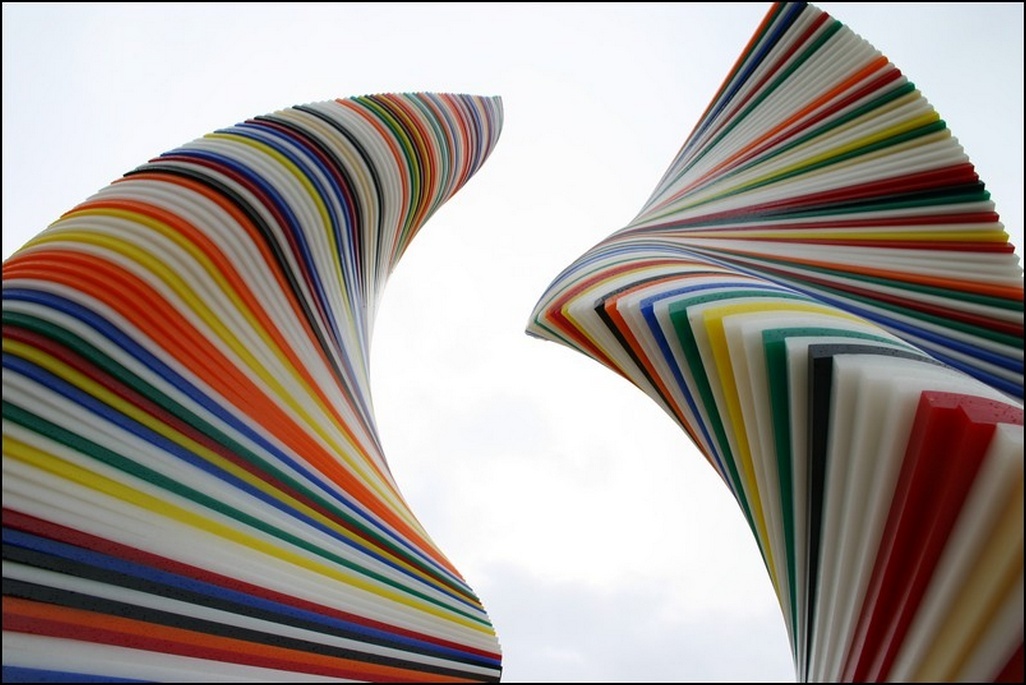
.jpg)

